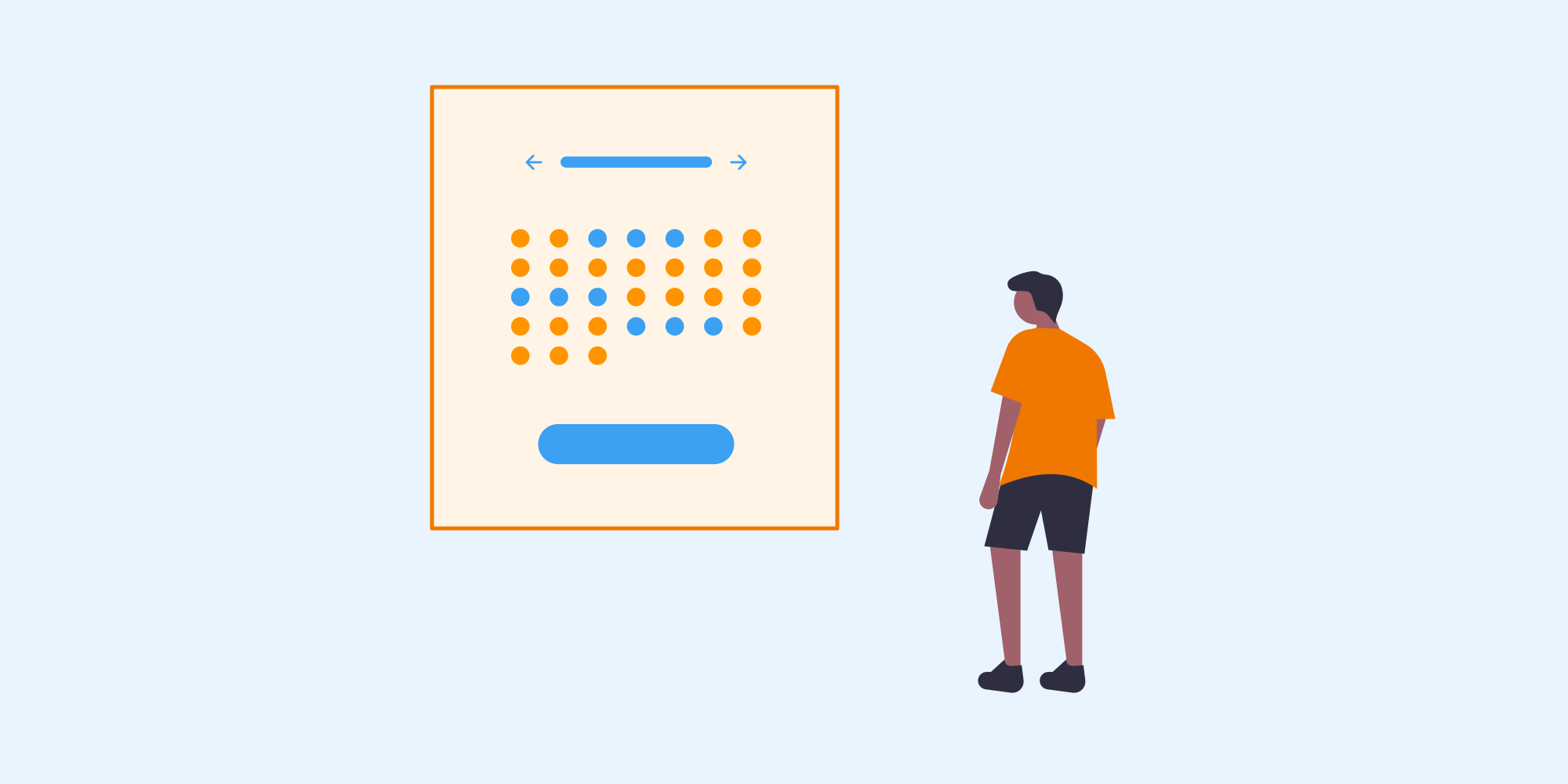A timeless trait of college students that persists decade after decade is that they are not 9-5 creatures. Students are often portrayed as night owls or late morning risers, but that isn’t always a bad thing.
Studies show that those in their late teens may still require up to 10 hours of sleep a night, so between that and finding their groove living on their own while balancing freedom, school, and a social life, college student schedules have their own ebb and flow.
In some ways, they may be doing it right. For example, one approach to productivity looks at creating schedules based on energy, not time. As many of us have grappled with living and working from home during COVID-19, our own sense of energy and time has changed as well.
Indeed, the traditional approach for many tutoring services was to limit services to standard hours of operation, but COVID-19 ushered in some non-traditional approaches to higher ed that have been more common in other industries for quite some time. Thus, a season of trying new approaches arrived, with everyone adapting services to meet new needs by doing things like experimenting with a demand-driven approach to academic support.
Continuing our current blog series about removing constraints, we want to explore why letting students choose when they meet for tutoring works. In addition to being part of the implication of a sharing economy and related to letting students choose where they get tutored, it holds value all on its own. Read on for three reasons why we believe letting students say “when” works in everyone’s favor.
Student Hours of Operations Vary
As mentioned, most college students don’t operate 9-5 lives. Their hours of operation vary, so services that keep up with student demand in this way are better positioned to be accessible and helpful to students no matter what else is happening. These kinds of services also stand out as a modern solution for student needs. It’s also more suitable for key student populations, such as working students, adult learners, and commuter students.
Since when help is offered (and not offered) can be a barrier in seeking help, more flexibility here can mean one less obstacle in students getting needed support. It can make the difference in moving a student from “contemplation” to “action” in the stages of behavior change.
If students can receive tutoring when it works for them, it not only allows them to benefit from academic support but it opens up a channel for them to benefit from a community of campus support as well. When tutoring is driven by relationships instead of business hours, it becomes a more meaningful service that can impact more students more often.
More Choice = More Engagement
Generation Z likes choices. When students can choose when they meet for tutoring without being blocked in by set hours, it’s easier for them to see how tutoring can fit into their schedule. Making tutoring more accessible this way also allows more students to get help, a step towards reducing the stigma around this help-seeking behavior.
If tutoring allows more flexible scheduling, a significant barrier is removed. Thus, some students will be more open to engaging with the service. Students who give tutoring a try and have a positive peer experience may become more engaged by not just completing a single session but returning for regular sessions throughout the term. This, then, adds a steady source of support for the academic year where there once was none.
More choice means more flexibility and more access; all of these align with a modern curriculum that feels like a match for Gen Z. Getting students connected to each other through tutoring can aid in engagement in other ways, since building these relationships can reduce the psychological size of a campus, especially for a student who is struggling or feels disconnected in other ways. Lastly, as students learn how to study and learn more effectively by working with a tutor, they may feel freed up to become more engaged with other areas of campus, such as student involvement, intramurals, or service opportunities.
Enhanced Visibility, Reduced Constraint
At first glance, having tutoring services tied to set hours can feel like a logical and sensible way for administrators to track service usage and other data. However, with the right technology, staff can know when tutoring has occurred without it having to be exclusively tied to a building’s hours of operation.
In addition, the right platform not only captures information about when tutoring took place, but it does so much more. It has the ability to automatically collect the data administrators were manually collecting before, as well as new kinds of information that can help inform future planning for more program success and growth.
Finally, when students can choose when they meet for tutoring, it becomes one way to buffer against challenging times. For example, even though students need more tutoring during COVID, they may be using it less. Removing the constraint of when tutoring can take place becomes a way to pivot traditional student services to meet the needs of such unique circumstances.


